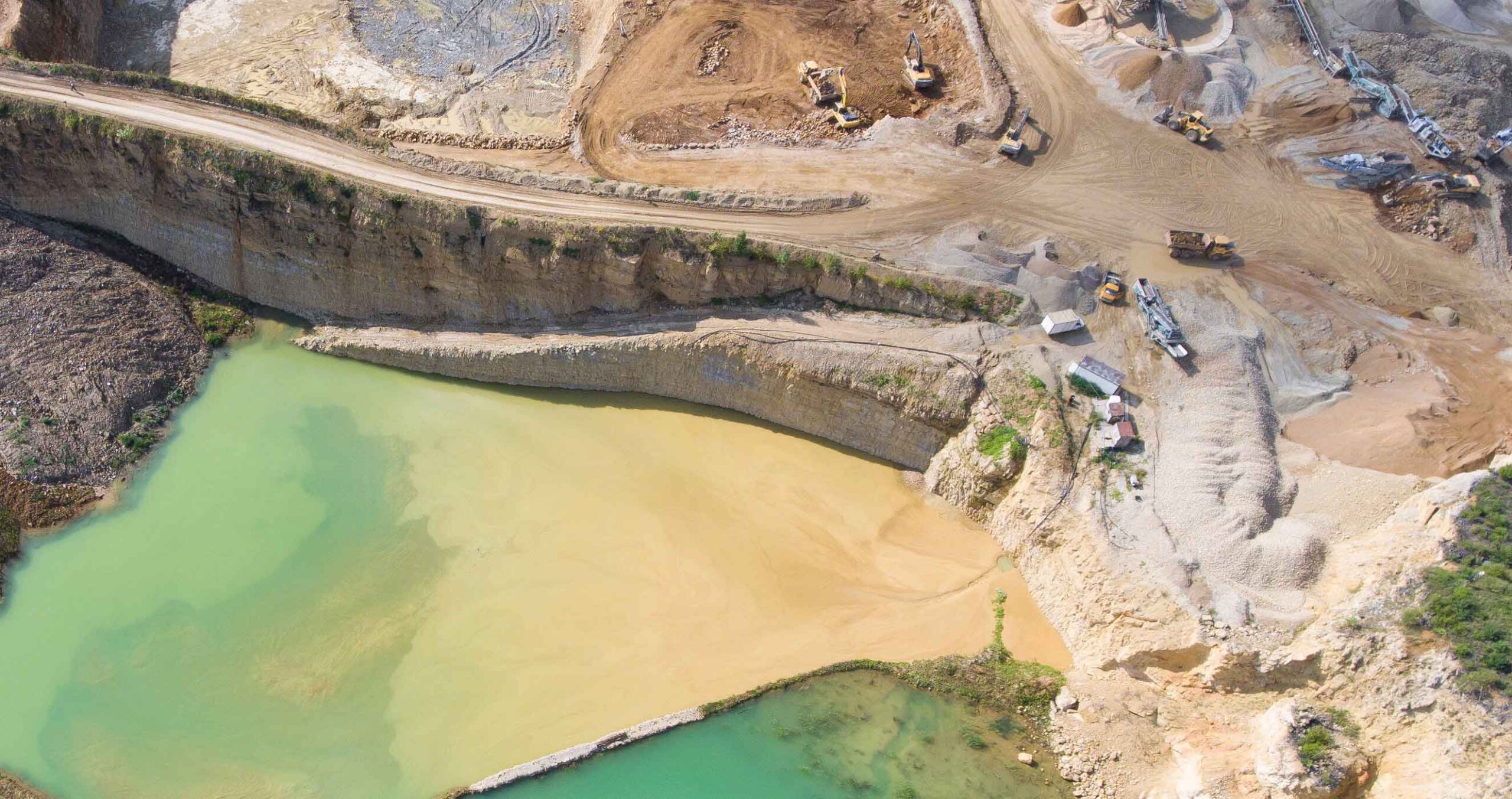Uranium Case Study
Client Profile
Challenge
- Aging equipment without effective data capture to control and predict performance
- Unaware of how best to use equipment data captured in SAP
- Business processes have been outgrown and not consistently in use
- Efforts in work management have consistently demonstrated poor results on metrics driving low morale
- Unaware if current metrics are truly driving value and asset performance
- In the complex environment, it is difficult to determine where to start
As One conducted a deep dive assessment of what a day and week is like within the maintenance teams. This included data analysis, understanding the system configuration, walking the floor with supervisors and technicians, and sitting side-by-side with planners and schedulers as they conducted their daily responsibilities. We found many workarounds that have been modified from the current business processes because the processes were never truly documented nor well understood, but a workforce desiring to perform did their best to keep the business operating. A detailed list of challenges was observed and developed into a roadmap for bringing the organization closer to Best Practices in maintenance work management.
As One’s Assessment:
- Conducted comprehensive analysis of maintenance team operations.
- Identified undocumented, misunderstood processes and ineffective workarounds.
- Developed a roadmap for best practice-aligned maintenance work management.
Summary of Top Root Causes from Assessment:
- Varying use and knowledge of SAP within the departments
- Broken Management Operating System
- Lacking effective business and asset performance reporting metrics
- Siloed operations with no integration for success
- Dysfunctional tools for performing daily/weekly activities
- Significant un-traceable execution delays resulting in high labor consumption/ re-work
- Unstructured and non-standardized business processes in work management
Approach
An initial assessment was conducted to understand the unique challenges from the client, and common industry issues that affect the organization. It helped us to develop a tailor-made solution.
Conducted field observations to closely assess the root causes to overcoming the challenges coming from planning, scheduling, execution, materials management, reliability, and comparing to Best Practices.
Performed data analysis on many data formats to validate and complement the field observations, as well as to develop a realistic business case.
Several workshops were conducted to map out current processes, assess the drivers that will generate the highest benefits, and identify what it will take to collaboratively implement solutions.
Designed and implemented a custom-tailored solution.
Based on the results of our analysis, the implementation program was created in phases to design and install Industry Leading maintenance work management practices while coaching the use of tools and technology to make a step change in performance
Scope
- Maintenance work management business processes and management operating system
- Technology usage and department integration
- SAP/External collection, curation, and reporting of value-added metrics for Equipment and Human Performance
- Strengthen the foundation of Maintenance Planning + Scheduling
- Supervisor Leader Standard Work
- Short Interval Controls
It can be very difficult to improve operational performance while currently in operation, with limited staffed resources, and underperforming assets, but As One was able to create a phased program to work alongside the team members in their daily roles making small changes each week to their activities. This allowed time to adopt the change, replace 1 method of performing a single activity with another, and a dedicated coach/SME to support the transition for each person affected. We evaluated which bottleneck would provide the greatest short-term and future benefit and grouped those together into an approach that minimized time commitment, provided leadership with visible changes occurring weekly, and measurement methods for demonstrating adoption and improved performance.
The objectives of the program focused around strengthening the foundation of work practice while giving the workforce some 21st-century tools and methods to make their tasks more efficient.
- Improve upon existing meeting, processes, and reports (KPIs) through the installation of tools and best practices to drive maintenance performance improvements.
- Refine existing business processes for notifying new work, planning, scheduling, and work execution aligned to new planning and scheduling tools to support consistent performance
- Install best practices (SIC) during execution to provide feedback to crews and other groups about delays to support future improvement initiatives
- Design and build Planning and Scheduling tools to create a locked one-week schedule
- Conduct first-pass PM optimization to eliminate wasted PM activity and trade time and focus on the development of meaningful PMs
- Update and communicate job roles for planners, schedulers, and supervisors to align to new meetings, tools, and business processes and support efficiency tasks (MOS and RACI)
- Implement SI and PI trackers for each of the elements to enable the client to improve performance and determine implementation maturity
- Provide support for the new Planning Resource Leveling tool and new Scheduling Tool to planners, schedulers, leadership and supervisors
- Perform a final audit of the installed items to determine progress and next steps
Solutions
Our Methodologies deployed:
- Management Operating System
- Training & Development
- Digital Enablement
- Work Process Digitization
- Integrated Information Flows
- Performance Management
- Core Competency Assessments
- ERP Implementation Strategies
- Maintenance of Best Practice Business Processes
- Roles and Responsibilities in World-Class Maintenance
- Notifications/Work Requests for Operations
Step 1 – Organize the implementation of Initiatives with the resources available
- Evaluated shift schedules and current responsibilities of each team member to understand the time commitment available
- Sorted gap-closing initiatives by functional departments and members for detailed planning
- Developed detailed daily activities for each functional department creating alignment and commitment
Step 2 – Develop detailed plans tailored to the available workforce
- Documented As Is state business processes and developed future state modifications rapidly
- Evaluated system limitations for the execution of desired To-Be state processes
- Determined roles and responsibilities for each task to be performed
- Evaluate the skillset of each team member to understand the requirements of tool development
- Identified the tools and reports required to allow the workforce to execute the To-Be processes
Step 3 – Develop all processes, tools, and reports required to begin the journey to the future state
- Developed planning standards and scheduling tools for resource allocation, backlog management, + weekly schedules
- Developed maintenance management + maintenance supervisor level reporting metrics into scorecards
- Developed short interval control mechanisms and delay tracking process
Step 4 – Install, Coach, Test, and modify until methods are driving the desired behaviors
- Installed changes to planning, scheduling, execution, and maintenance leadership
- Provide subject matter expertise and coaching for maintenance leadership on behaviors and interpreting scorecards as opposed to individual metrics
- Field tested each tool and process for cultural feeling to ensure adoption would sustain
- Modified process tasks, tools, and reporting methods to fit the needs of each person
- Provided change management behavioral support to ensure the workforce continued to strive for achievement
Results
- Through our evaluation and change management approach, the client was able to understand, adopt, and operate with best practices in maintenance management improving their planning + scheduling with minimal resource consumption in execution.
- The workforce demonstrated knowledge of how to perform well, how they impact each metric, and drove the continued discussions for improvement each week.
- 30% reduction in backlog and trending towards a 50-60% reduction with the new efficiency created.
- 50% reduction in maintenance delays from the time of capture to the time of the first phase being completed.
- 100% improvement in the confidence of each maintenance practitioner to perform their role, operate as a team, and understand what really makes machines and people excel in performance
”We have tried to change many times, it feels like this approach is actually going to stick and we have our path forward on how to assure that happens.
– Operations Manager









